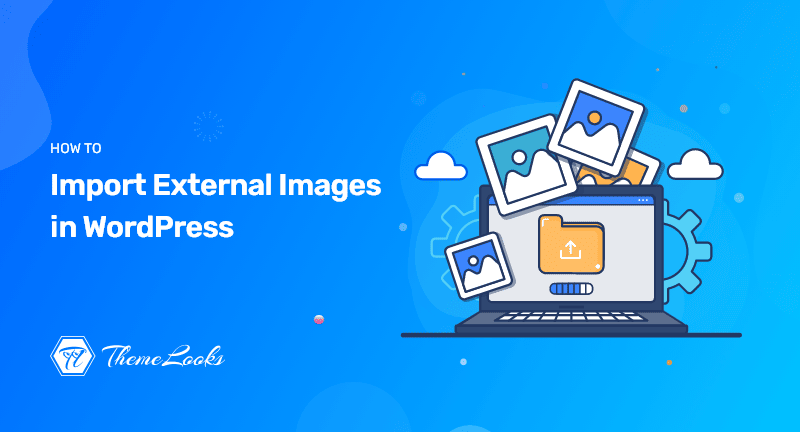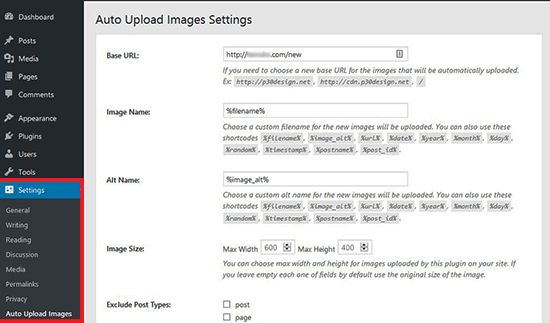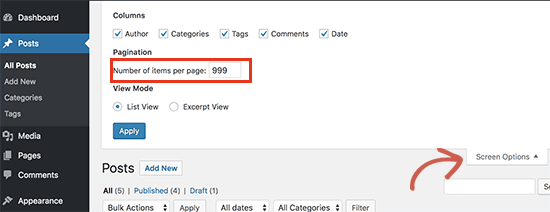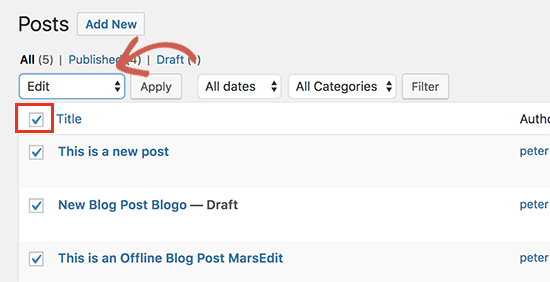
Would you like to know how you can import external images in WordPress? If so, you’re certainly in the right post. READ ON!
If you just migrated your website from one platform to another, chances are you may have external images integrated on your pages.
In this tutorial, we’ll show you how to correctly import external images in WordPress easily.
The external images you embed in your content are those that are loaded from another website or URL that does not form part of your main website.
WordPress users are most likely to suffer from external images issue after migrating from another platform like Blogger, Weebly, Joomla, or WordPress.com.
You can try to import images by using one of the WordPress importers by default. If you navigate to Media > Library in your WordPress admin area, you will see the imported images.
If all of your images are already on your posts, but the URLs are still linking to the old source, then this article is not necessary. Using the Velvet Blues Update URLs plugin, you should update URLs instead.
Nevertheless, if you do not see the images in your WordPress media library, we will tell you how to import the external images into WordPress.
Installing and activating the plugin for Auto Upload Images is the first step. Learn more about how to install WordPress plugins in our step-by-step tutorial.
To further review the plugin settings, you will need to visit the Settings > Auto Upload Images page after activation.

You can change the default settings if you need to, but the defaults should work for most users.
The plugin will import images into your WordPress media uploads folder. If you would like to change this, simply change your WordPress media uploads base URL. You can also set image sizes, filenames, image alt tags, and exclude post types.
Remember to save your changes by clicking the Save Changes button once you are done.
You need to make sure that the external images are correctly inserted into the posts. Because this is a manual procedure, it might be time-consuming if you have a large number of blog posts/content.
Fortunately, there is an easy approach to updating all posts using external photos. Simply navigate to Posts > All Posts and then select the Screen Options option at the top.

Raise the quantity in the ‘Number of items per page field‘ to 999 and then click the Apply button.
WordPress will refresh the page, displaying 999 articles at a time this time. Next, pick all of your posts and then choose Edit from the bulk actions option.

Following that, you must click the Apply button. WordPress will provide a fast edit box with all of the chosen posts. Simply click the Update button, and WordPress will update all of your posts.
Remember to leave all of the options in the bulk edit settings alone. All you have to do is click Update.
This will cause the plugin to examine all chosen posts and import external images when they are discovered.
If you do have more than 999 posts, you must proceed to the next page to choose the leftover posts.
Up to this point, we hope the post helped you learn how you can import external images in WordPress. You may want to see our guide on how you can clear cache files in WordPress. You may also like to see our guide on how you can add special characters in WordPress.
If you like this post, be with ThemeLooks and subscribe to our WordPress video tutorials on YouTube. We may also be found on Twitter, LinkedIn, and Facebook.